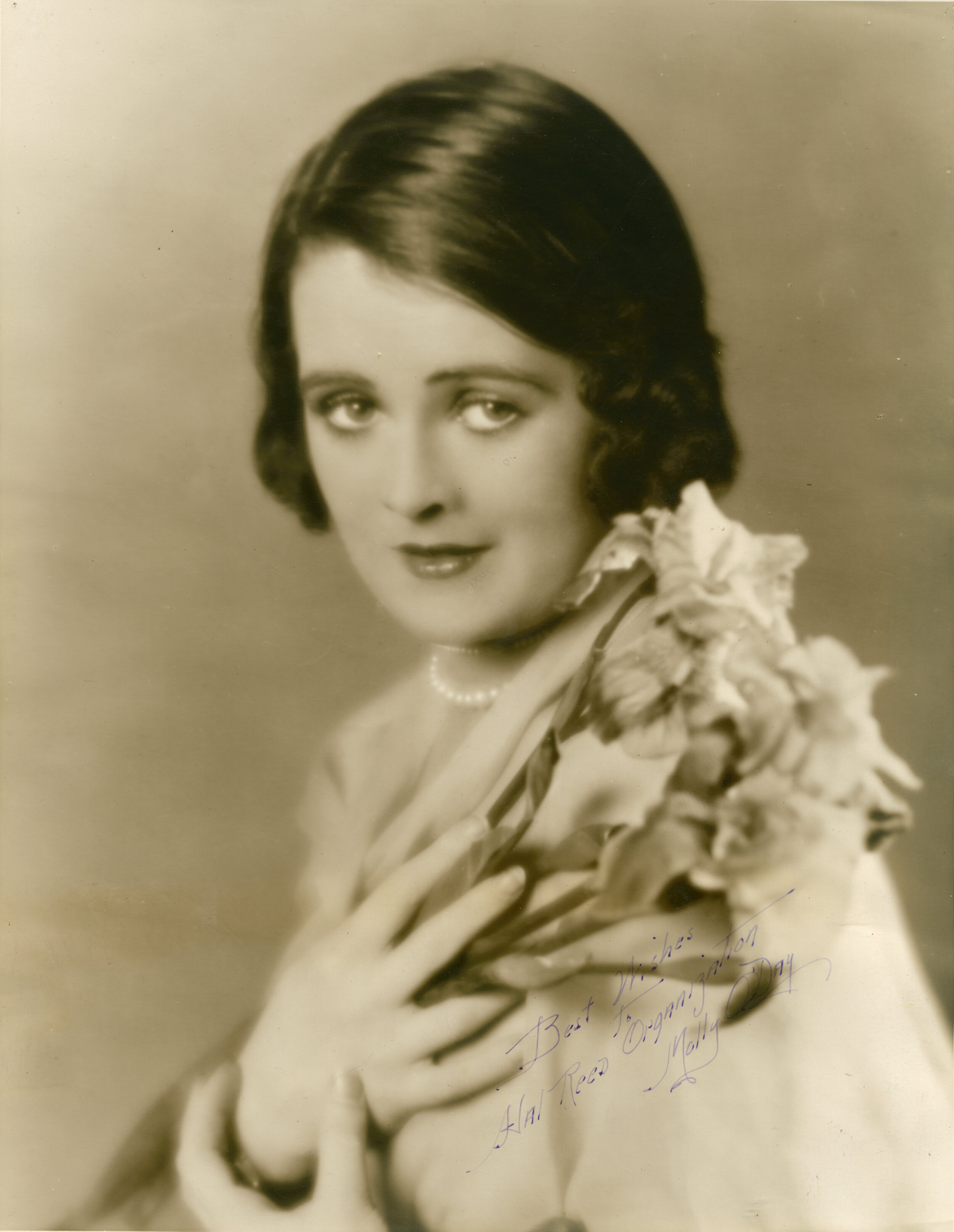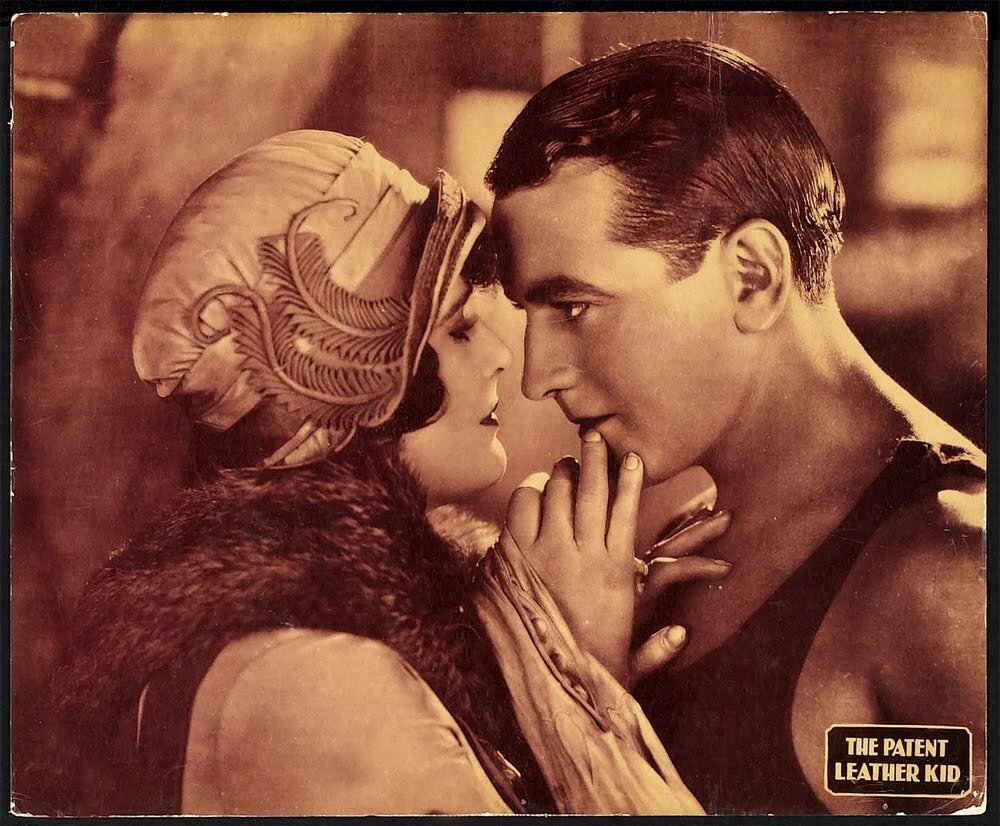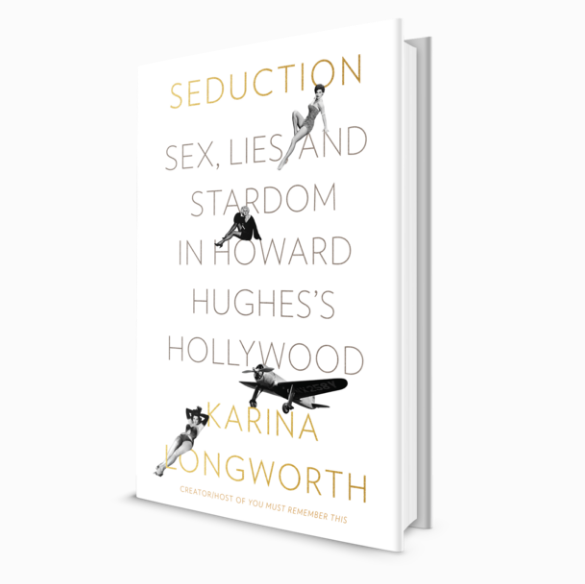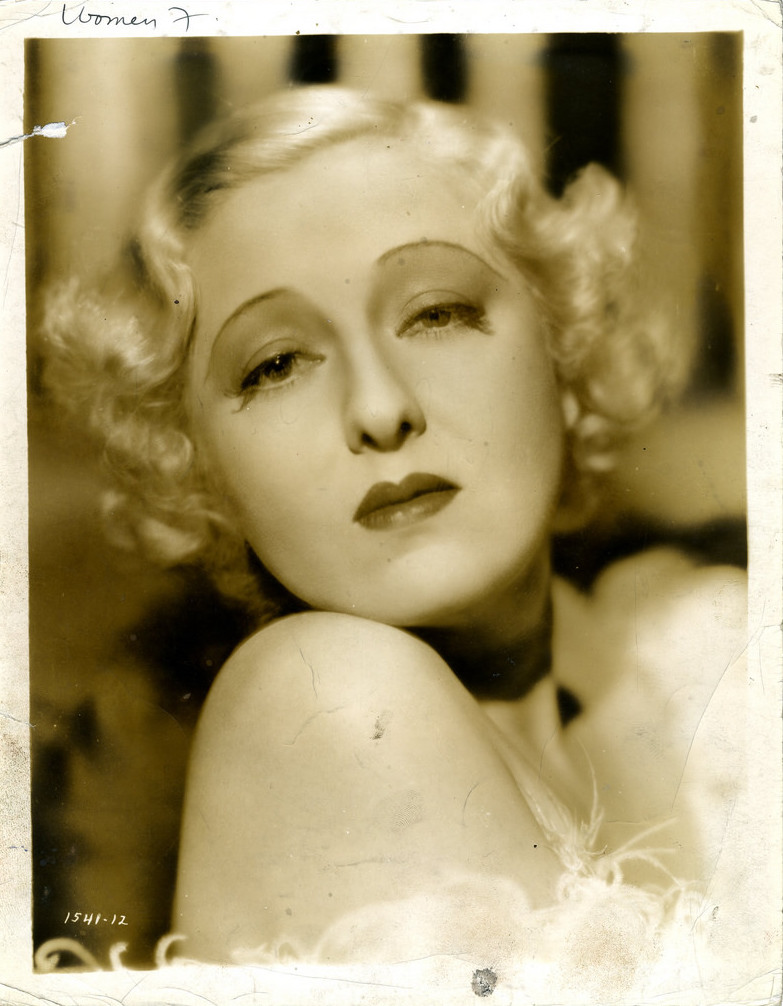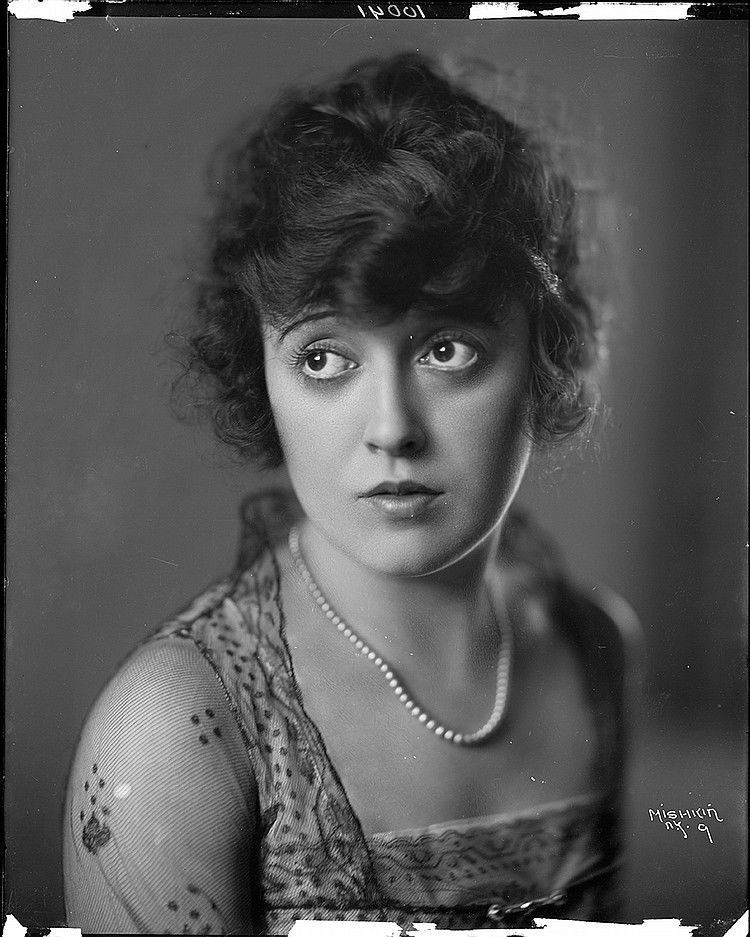Listen to this episode on Apple Podcasts.
Glamourous and shrewd, Sylvia of Hollywood became the movie industry’s first weight-loss guru during the end of the silent era. An immigrant of mysterious origin, she would cannily market herself to clients like Gloria Swanson, who she promised to ‘slenderize, refine, reduce, and squeeze’ into shape. But her taste for gossip and publicity would become her downfall in the 1930s when she published a catty tell-all memoir about her star clients.
This episode was written and performed by Christina Newland, an award-winning journalist on film, pop culture, and boxing at Sight & Sound Magazine, Little White Lies, VICE, Hazlitt, The Ringer, and others. She loves ‘70s Americana, boxing flicks, fashion, and old Hollywood lore. She was born in New York and lives in Nottingham, England.
SHOW NOTES:
Sources specific to this episode:
Hollywood Undressed: Observations of Sylvia as Noted by her Secretary
No More Alibis by Sylvia of Hollywood
Streamline Your Figure by Sylvia of Hollywood
Pull Yourself Together Baby by Sylvia of Hollywood
Gloria Swanson: Ready for Her Close-Up by Tricia Welsch
Calories and Corsets by Louise Foxcroft
Hollywood and the Rise of Physical Culture by Heather Addison
Sylvia of Hollywood and Physical Culture, 1920-1940, by Amanda Regan
‘The Mogul in Mr. Kennedy’, by Cari Beauchamp, Vanity Fair, April 2002
‘Sylvia Returns - To Restore You to Beauty’, by Madame Sylvia, Photoplay, Oct 1936.
‘Is Mae West Skidding on the Curves?’, by Madame Sylvia, Photoplay, Dec 1936
‘How Sylvia Insured Jean Harlow’s Success,’ by Madame Sylvia, Photoplay, Sep 1933
‘Sylvia Gives Clara Bow Some Timely Advice,’ by Madame Sylvia, Feb 1934
‘Can Beauty be Hand Made?’, by Gary Strider, Screenland, Jan 1930
‘Diet: The Menace of Hollywood,’ by Katherine Albert, Photoplay Jan 1929
‘Famous Masseuse Denies She Has Offended Stars’, by Audrey Rivers, Movie Classic, Oct 1931
‘Sylvia Writes Story About Film Colony, by Hubbard Keavy, Tampa Bay Times, 20 July 1931
‘Screen’s Sylvia Rubs Out #1, Weds A Leiter’, NY Daily News, 6 July 1932
‘Ginger Sues Broadcaster for Saying She Needs Diet,’ NY Daily News, 24 March 1934
‘Sylvia of Hollywood Tells Her Reducing Secrets’, St. Louis Star Times, 24 March 1936
Nellie Revell Radio Show, NBC, 1934, digitized by Amanda Regan
Music:
The music used in this episode, with the exception of the intro, was sourced from royalty-free music libraries and licensed music collections. The intro includes a clip from the film Casablanca.
Excerpts from the following songs were used throughout the episode:
Springtime in the Park - Paul Lenart, Bill Novick
The Grand Ball - Thomas Richard Peter Howe, Stephen Christopher Tait
Evening Papers - Geoffrey Peter Gascoyne
Blue Moan - Keith Charles Nichols
The Great Depression - Geoffrey Peter Gascoyne
Sick And Tired - Geoffrey Peter Gascoyne
Smoky Sunday - Geoffrey Peter Gascoyne
When Pictures Learned To Move - Roman Raithel
Farewell - Roman Raithel
A Picture of You - Roman Raithel
Credits:
Make Me Over is a special presentation of You Must Remember This. It was created and directed by Karina Longworth, who also edited the scripts.
This episode was written and performed by Christina Newland.
Research and production assistant: Lindsey D. Schoenholtz.
Social media assistant: Brendan Whalen.
Producer: Tomeka Weatherspoon.
Editor: Jared O'Connell.
Audio engineers: Jared O'Connell, Andrea Kristins and Brendan Burns.
Supervising Producer: Josephine Martorana.
Executive Producer: Chris Bannon.
Logo design: Teddy Blanks and Aaron Nestor.





